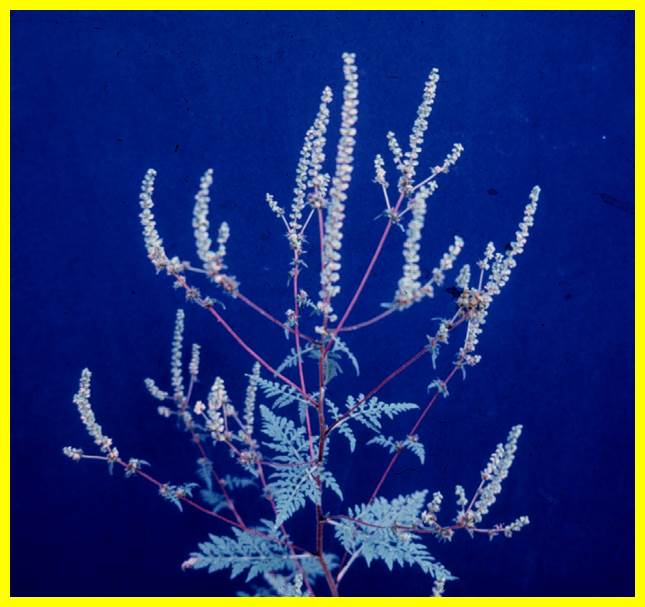In only two weeks since my last peanut maturity advisory, peanut changed from this
to this
Based on the new picture taken on 9/17/14, it seems that 10 to 14 more days will be sufficient for early May planted peanut to reach maturity in Virginia. This seems to be in agreement with the heat units accumulated from May 1st, 2531 to 2672 °F, in southeastern VA and the number of days from planting (150 days) estimated to suffice for maturity of Bailey and Sugg.
However, peanut planted as late as May 15th seems to have reached similar maturity with the ones planted in the first week of May with far less heat units and days from planting. We conducted this morning a pod blasting in Southampton County, VA, for 27 fields planted from May 4th to May 15th. With the exception of three slower maturing fields, two of which from west Northampton County, NC, all other peanuts seemed to be ready to dig in 7 to 14 days from now. A few fields were ready to dig in the next few days, and actually the farmers growing these fields already started digging a couple days ago. A similar situation was reported by Extension Agent Janet Spencer who conducted a pod blasting in the Isle of Weight County, VA, on 9/17/14.
Have the new peanut cultivars reduced temperature requirements? Or the heat units we have had this year were “good” heat units including a higher frequency of “just right” peanut temperatures and “just right” precipitation amounts and distribution? Or maybe both? Regardless, digging decision is one of the most important decisions in peanut production and basing it on the pod mesocarp color, just like we are showing here, I highly recommend. Tomorrow, Sept 19, another pod blasting clinique will start at 9:00 AM at the Johnson Brothers buying station in Surry, VA. If interested, contact Extension Agent Glenn Slade, 757-294-5215.









